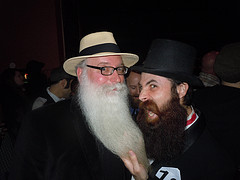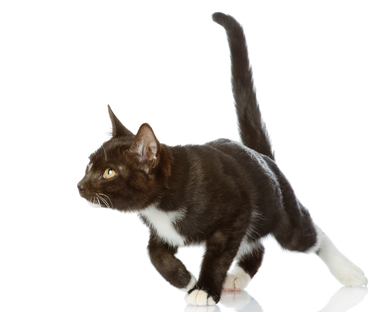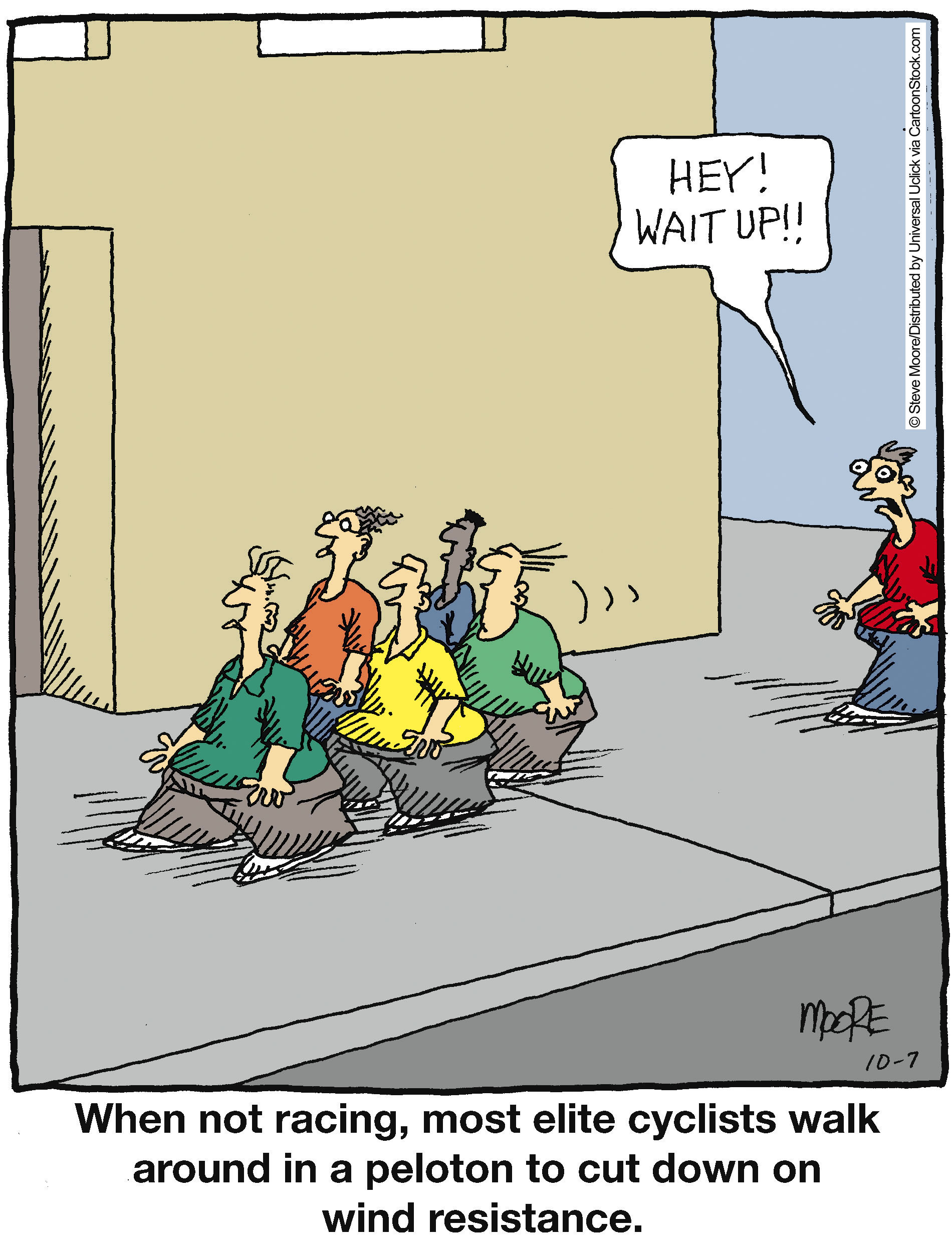Facing up to hair
Apparently, just as many mainstream outlets caught on to the fact that male “hipsters” had fully embraced the idea of thick, luxuriant beards, some researchers are suggesting that “peak beard” may have come and gone. For one beard-oil (yes, that’s a thing) entrepreneur in my city, this may be a tragedy (but given the usual lag in Ottawa catching trends, he’s probably got some time).
But it got me thinking about men and facial hair. I’m not sure we’ve ever lived in a more diverse era of facial hair than we do now — at least in my lifetime. In the 1950s, clean-shaven was the way to go. The sixties brought on long hair for men (with the exception, perhaps, of Merle Haggard or Jim Stafford) and the hippie era. Before I could grow my own facial hair, back in the 1970s, it was all about sideburns and mustaches for most men. Stars like Burt Reynolds, Frank Zappa, Tom Selleck (and even Cheech of Cheech and Chong!) were sporting serious ‘taches.

A photo from the 2012 World Beard Championships. CC-licenced by Flickr user: https://www.flickr.com/photos/rhymeswithsausage/
Then we got to the 80s and 90s, dark times for facial hair aficionados. Yes, Don Johnson brought us the “Miami Vice” look, which included oh-so-carefully coiffed stubble to go with that wrinkly linen jacket. But more of us were trying to figure out how much hairspray to use to get that Flock of Seagulls thing going than trying to figure out how to keep our beards up.
But now? Now, it’s a free-for-all. You’ve got your hipsters. You’ve got your neckbeards. You’ve got your ironic moustaches. You’ve got muttonchops (thanks, Wolverine). You’ve got “urban beardsmen.” There seems to be no “rules” anymore, except, of course, for those men for whom facial hair is part of religious practice (such as Sikhs).
So what’s a guy to do? Well, I’ve got a few rules that are nothing more than my own rules. I’ve had facial hair — either a beard or a goatee — for most of my life. I wear it … because I like it. I didn’t have anyone tell me it was best for my face type, or anything else (Well, my partner, who claims our relationship will end if I go barefaced). I usually keep it pretty neat and clean, because that’s what I like. I have some wee sideburns, but not too much; I don’t keep the goatee stuff too long, because I don’t like that. I keep the moustache quite close too, because one of the things I hate most in the world is having my moustache hairs get in my mouth. But that’s me.
Are there “rules?” Probably not. Use your own judgement. Unless you’ve got crappy judgement, in which case you should use someone else’s. Think about the world you inhabit. Are you a corporate lawyer? A full hipster beard is probably not gonna fly. Are you a bike mechanic? You’ll probably be fired if you DON’T have some sort of extreme facial hair (and multiple tattoos, but that’s another subject). I don’t want to be a downer, but sometimes individual choices can have consequences when they collide with the outside world. I like my facial hair well enough, but if it stood between me and my dream job, I’d consider letting it go.
Like most things in life, what you grow on your face is governed by what you like and what society likes. Find your own balance.
Read MoreDo women truly need to supplement testosterone levels?
 Testosterone is a hot topic for men. But evidently, it’s an equal opportunity hormone, designed to boost low libido one woman, one cream application at a time. But what is it about testosterone that makes its use in menopausal women questionable if downright unhealthy?
Testosterone is a hot topic for men. But evidently, it’s an equal opportunity hormone, designed to boost low libido one woman, one cream application at a time. But what is it about testosterone that makes its use in menopausal women questionable if downright unhealthy?
The levels, that’s what.
I’ve written about testosterone before and you can look up the archives via this link. The upshot is that for both men and women, testosterone therapy is oversold as a panacea for just about everything from distress about aging to sexual desire to bone, heart and mental health. Wow! Quite the Fountain, no?!
However, while transdermal (through the skin) testosterone is preferable (it avoids metabolism by the liver and promotes steady blood levels of the hormone), the patch has gotten the boot both in this country and overseas, and implants are no longer available. LibiGel, a topical cream was also denied market entry by the FDA. The result has been frequent prescribing of compounded testosterone in both genders.
Mind you, Allopathic practitioners for the most part shun compounded products, claiming safety issues and the lack of regulation. And in some cases, they are absolutely correct (do you recall the New England compounding crisis?). More recently, the North American Menopause Society (NAMS) issued a press release knocking compounded prescriptions, noting that they may deliver excess levels of testosterone thereby “producing untoward effects.” For example, too much testosterone may lead to depression, promote unwanted acne and hair growth, enlarge the clitoris, deepen the voice, produce aggression and boost cholesterol levels. The answer? According to NAMS, the answer may lie in an Australian formulation — AndroFeme — that was recently tested in seven healthy, postmenopausal women.
In a study published ahead of print in the journal Menopause, the researchers report that this 1% testosterone cream, applied 5 mg daily for 21 days and then immediately thereafter, 10 mg daily for 21 days, resulted in peak blood levels of testosterone that were in the normal range; while the 5 mg dose raised blood levels only slightly above normal, the 10 mg dose raised it to a higher level (double the upper limit). Moreover, apparently neither dose level had an impact on estrogen levels or sex-hormone binding globulin, a protein that binds to the sex hormones and determines how much of them remain available.
So, what’s the lowdown? Theoretically, the Australians have arrived at an acceptable testosterone dose for women with a safe delivery system. They report that it was well tolerated but did not qualify what this means. If you read the NAMS press release, the organization is basically promoting a pharmaceutical grade product over compounded agents even though the study was conducted in a mere seven women. Seven women do not a conclusion make…ever.
How much testosterone is too much for women after menopause? As of today, any amount might be too much until more data are available. Buyer, beware. T is for thwart and the time to put low T to bedis now.
Read MoreGuyside: ride like the…
My partner in crime, Bob LeDrew just completed a two day ride to Niagara Falls and he’s out getting his legs back. He’ll be back in the Guyside saddle next Wednesday!
Read More
Skinning the cholesterol cat
 It’s difficult to pin down the reasons underlying an increasing risk for heart disease as women age. Menopause in particular is associated with a rapid increase in blood LDL cholesterol and triglycerides levels and declines in HDL cholesterol levels. And, while some researchers claim that hormones are at-play, others suggest that it is increased risk is associated with a gradual decline of cells that act to repair and replenish circulation. Regardless, it is well accepted that high levels of LDL can increase the risk of atherosclerosis and that even early signs of high cholesterol levels should raise a few red flags in the health department.
It’s difficult to pin down the reasons underlying an increasing risk for heart disease as women age. Menopause in particular is associated with a rapid increase in blood LDL cholesterol and triglycerides levels and declines in HDL cholesterol levels. And, while some researchers claim that hormones are at-play, others suggest that it is increased risk is associated with a gradual decline of cells that act to repair and replenish circulation. Regardless, it is well accepted that high levels of LDL can increase the risk of atherosclerosis and that even early signs of high cholesterol levels should raise a few red flags in the health department.
Most recently, the American Heart Association and American College of Cardiology issued controversial recommendations that statins should be used in anyone who has a greater than 7.5% chance of having a heart attack or stroke or developing heart disease over the following 10 year period. However, lifestyle modification, i.e. adopting a healthy diet, engaging in regular physical activity, controlling diabetes and high blood pressure and weight loss may be an effective answer in some people. For others, there is new evidence suggesting that the Chinese herbs Danshen (Salvia miltiorrhiza) and Gegen (Radix pueraidae), aka D&G, may help to lower LDL, improve the functioning of the lining of the heart and lower carotid intima thickness (the thickness of the two innermost walls of the artery). These two herb roots are more commonly known as red sage and kudzu, respectfully, and previously clinical trials have demonstrated their potential for control of heart pain and other cardiac symptoms.
Traditional Chinese Medicine is often disputed in allopathic medicine and many practitioners believe that its role in disease is unproven. Nevertheless, the 12-month, randomized controlled study among 165 postmenopausal women who took either daily D&G or placebo may put some of these challenges to rest. All of the study participants had what is considered borderline high cholesterol at the study’s start. And, while D&G had no discernible impact on blood pressure, women taking D&G experienced significant declines in carotid intima-media thickness compared to women taking placebo. This benefit appeared to be even greater after more than six months of treatment.
Additionally, the researchers reported a ‘remarkable’ decline in both LDL and total cholesterol levels compared to placebo (6.9% versus 3.2% LDL, 5.8% versus 3.4%, total cholesterol) even though these figures did not reach statistical significance. They also found that when they evaluated quality of life, a significant decline in mental health scores was observed in the placebo group while a significant increase in general health scores was observed among women taking D&G.
Almost as important, no significant side effects were reported.
The researchers say that they cannot identify the reasons underlying these benefits and that molecular studies are needed to explain the biology underlying the improvements. However, it is clear from this small study that there a different ways to skin the cat called high cholesterol and that statins aren’t the only game in town.
Stay tuned!
Read MoreGuyside: A brief self-congratulatory pause
I don’t set out to make Guyside the “what’s happening with Bob” column. Because really, how many people would care. But today, I want to talk about me a little.
In the winter, I was looking forward to cycling season, and I happened upon a brochure for the Ontario Ride to Conquer Cancer. I usually use a long ride as a training goal for me to keep on my bike, so this appealed to me for a number of reasons. My usual goal ride is the Rideau Lakes Cycle Tour, a two-day, 220-mile ride from my home town of Ottawa to Kingston and back. But I’ve done that ride probably 10 times, and had a couple of bad experiences — one with heatstroke, one with the opposite, when single-digit temperatures and rain took their toll.
So I took the Ride to Conquer Cancer brochure home. The ride was a reasonable length — two days, about 125 miles total. It was in an area of my province I’d never ridden in — starting in Toronto, ending in Niagara Falls. The support was more than I was used to; organized rest stops?! But there was one new wrinkle. This was a fundraising ride. They expected each rider to raise at least $2500. That seemed like a lot. But I could direct the funds I raised to urogenital cancer research. That appealed to me as someone with bladder cancer, and as the son of a man who had bladder, prostate, and kidney cancers.
So I thought about it for a while, then I signed up.
I felt like I needed some mechanism to get people to donate, to get their attention. So I decided that if someone gave $100 or more, I’d find a song with their name in it (if Barbara donated, I’d grab Barbara-Ann), learn it, and record myself playing it for them on ukulele (uke has gotten to be an obsession, and no, I’m not a hipster.) So…
To make a long story short, I’ve raised over $5,000, which is amazing; I’ve put up 16 Youtube videos and have a lot more to do, and the ride is this weekend. I’m proud of myself for getting to my goal and looking forward to a new ride. I’ve even lost a little winter flab and gotten myself into better shape.
It’s made me feel really good to do this. And there’s an important point there – not for me, but for you. There’s a value in setting yourself a goal and working to achieve it. Not a work goal. A project for you, that has meaning for you and does something for others. A way to make something a little better and improve yourself in the bargain. Find it. Do it.
Read More






